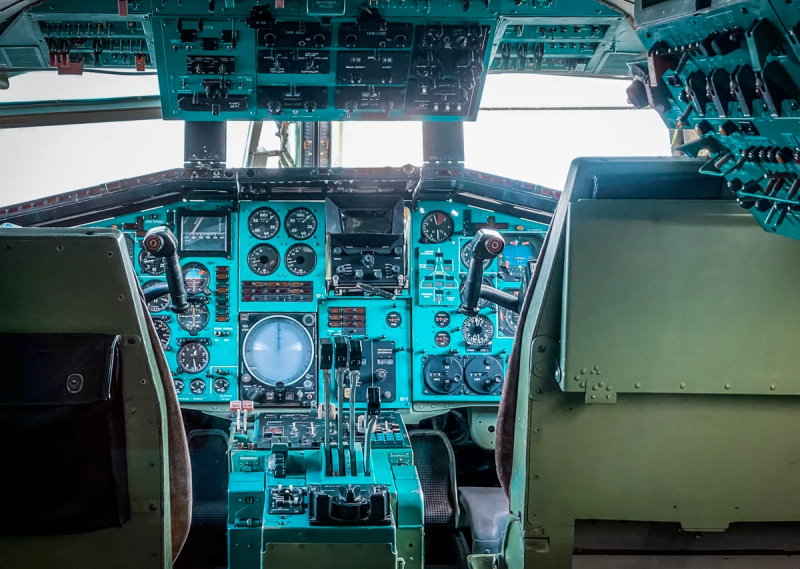What does optimisation do and why is it hard to beat?
Posted February 2025
CEO
Optimization is a big word that gets thrown around a lot. Simply put, it means finding the best way to do something when you've got certain limits to work within.
Think about when you're planning the quickest route to work to avoid traffic, that's optimization in daily life. But when it comes to really big and important problems, like reducing a company's carbon footprint, we can't just go with what feels right. We need solid numbers and calculations.
Decarbonization pathways are plans that companies follow to reduce their carbon emissions. These plans are tricky because they involve a lot of moving parts. For example, a company has to look at direct emissions from its operations, emissions from the energy it uses, and even emissions from things it doesn't directly control, like suppliers and products after they’re sold. And all this while trying to keep costs down and dealing with changing technology costs and operating expenses that shift year by year. It's like trying to solve a giant puzzle with pieces that keep changing shape.
This is where optimizers come in – these are smart, computer-based tools designed to handle complex problems. They sort through all the options, figure out how everything connects, and find the best path forward. And they do it super fast and can do it over and over again without making mistakes.

Imagine you’re flying an airplane with dozens of buttons and levers. If you push one, it affects all the others. Trying to get everything just right by yourself would be nearly impossible.
But an optimizer is like having a super-smart autopilot that knows instantly which buttons to push to fly smoothly and save fuel. That's the kind of tool we use to help companies reduce their carbon footprint – it's smart, quick, and gets it right every time.